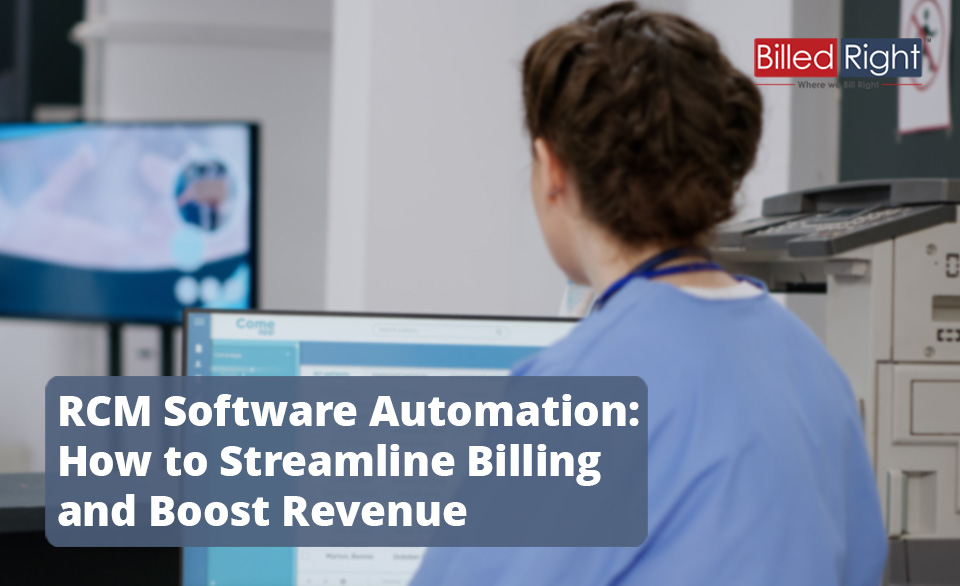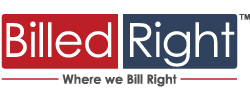RCM Software Automation: How to Streamline Billing and Boost Revenue

Understanding Revenue Cycle Management Software
The landscape of healthcare finance is complex, making Revenue Cycle Management (RCM) a crucial component for any healthcare organization. Effective management of the revenue cycle not only affects the financial health of a practice but also influences patient satisfaction and operational efficiency.
Importance of Efficient Revenue Cycle Management
Efficient revenue cycle management plays a vital role in ensuring that healthcare organizations receive timely payments for the services they provide. A streamlined revenue cycle minimizes delays in billing and increases cash flow, which is essential for maintaining day-to-day operations.
Several factors highlight the importance of efficient RCM, including:
| Factor | Impact |
|---|---|
| Reduced Denials | Efficient RCM minimizes billing errors, leading to fewer denied claims. |
| Shorter Billing Cycles | Faster processing times enhance cash flow. |
| Improved Patient Experience | Clear and accurate billing promotes trust and satisfaction among patients. |
| Compliance Adherence | Proper handling of RCM ensures adherence to regulatory requirements, reducing legal risks. |
Healthcare professionals can leverage RCM technology to address these factors, resulting in improved financial outcomes.
Overview of RCM Software Solutions
RCM software encompasses a range of tools designed to facilitate and optimize the revenue cycle process. These solutions often integrate various functionalities to handle billing, claims management, and patient scheduling. Key features to consider when exploring RCM software include:
| Feature | Description |
|---|---|
| Claims Management | Automates submission of claims and tracking of their status. |
| Billing and Invoicing | Streamlines the payment collection process for services rendered. |
| Patient Financial Engagement | Enhances communication with patients regarding billing and payment options. |
| Reporting and Analytics | Provides insights into financial performance through detailed reports. |
Implementing RCM software can significantly enhance a healthcare provider’s ability to manage the revenue cycle effectively. Additionally, integrating RCM software with EHR systems can further improve functionality and streamline workflows.
By automating billing with RCM software, healthcare organizations can improve accuracy, enhance compliance, and ultimately increase their revenue cycle efficiency.
Benefits of Automating Billing with RCM Software
Automating billing processes using Revenue Cycle Management (RCM) software provides numerous advantages for healthcare organizations. These benefits can significantly enhance operational efficiency, accuracy, and overall revenue cycle performance.
Streamlining the Billing Process
One of the core advantages of automating billing with RCM software is the streamlined billing process. Traditional manual billing methods often involve multiple steps, leading to delays and complications. Here’s how RCM software simplifies billing:
- Automated Claims Submission: RCM software can automatically submit claims to payers, reducing the time spent on manual data entry and paperwork.
- Follow-Up Automation: Automated reminders and follow-ups can help ensure timely payments from patients and insurers.
- Centralized Data Management: A single platform allows the integration of patient demographics, insurance information, and billing codes, minimizing errors and redundancies.
| Feature | Benefit |
|---|---|
| Automated Claims Submission | Reduces manual entry and submission time |
| Follow-Up Automation | Ensures timely reminders for payments |
| Centralized Data Management | Minimizes errors from irrelevant data |
Improving Accuracy and Compliance
Accuracy in billing is crucial for healthcare organizations. Mistakes can lead to claim denials and delayed payments. Automating billing with RCM software enhances accuracy and ensures compliance in the following ways:
- Error Reduction: Software solutions often include built-in checks that flag potential errors before claims are submitted.
- Up-to-Date Coding: RCM software regularly updates billing codes and compliance regulations, helping providers adhere to the latest standards.
- Audit Preparedness: Automated tracking and documentation make it easier to prepare for audits, ensuring compliance with healthcare regulations.
| Aspect | Improvement |
|---|---|
| Error Reduction | Fewer claim denials and resubmissions |
| Up-to-Date Coding | Maintains compliance with changing regulations |
| Audit Preparedness | Simplifies preparation for audits |
Enhancing Revenue Cycle Efficiency
Ultimately, automating billing with RCM software leads to greater revenue cycle efficiency. By optimizing the billing process, healthcare organizations can experience increased cash flow and reduced accounts receivable (AR) days. Key enhancements include:
- Faster Payments: Automation shortens the billing cycle, leading to quicker collections from payers and patients.
- Improved Resource Allocation: Staff can focus on higher-value tasks rather than tedious billing processes, enhancing overall productivity.
- Data-Driven Insights: Real-time analytics provide insights into billing performance and areas for improvement, allowing for strategic decision-making.
| Metric | Impact of Automation |
|---|---|
| Payment Speed | Reduced billing cycle time |
| Resource Allocation | More time for patient care and management tasks |
| Data-Driven Insights | Enhanced decision-making capabilities |
By leveraging RCM software, healthcare professionals, including doctors and practice managers, can not only streamline their billing process but also improve accuracy and compliance while enhancing overall revenue cycle efficiency.





